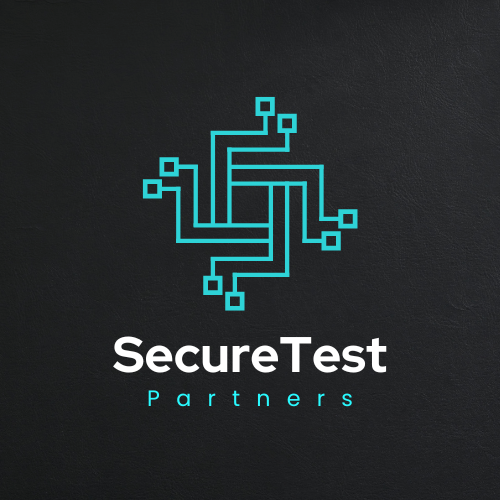Module:1 class:1
- General talking on automation
- How to choose a tool for automation
- What to automate? How to choose which part to automate.
- What if my team/company/client does not want to adopt/use/implement automation, what should I do then
- When to automate in SDLC/Agile
- Introduction to WebDriverIO
- Setting up WebDriverIO environment
- Installing WebDriverIO
- What we will be doing. Which project we will do. Course path and structure.
Module:2 class :2
- WebDriverIO Configuration
- Project Structure
- Writing First Test
- Running Tests with WebDriverIO
- Understanding WebDriverIO commands
Module:3 class: 3,4,5,6
- Understanding basic of Chrome DOM
- Learning Xpath thus we can create any Xpath for any DOM elements.
- Locating Elements
- CSS Selectors
- XPath Selectors
- Actions on Elements (Click, Type, etc.)
- Working with Forms (First Real Site)
- Working with Page Object Model (POM)
Module:4 class: 7,8,9
- Introduction to Assertions
- Writing Assertions with WebDriverIO
- Working with Frames and Windows
- Handling Dropdowns and Alerts
- Drag and Drop Operations
- Handling Waits and Timeouts
- Talking about clean code and Reusable code
- How page object model is helping to achieve the 1st point
Module:5 class: 10,11
- Verifications and Reporting (HTML report and allure report)
- Various place to send the report (Slack integration, Email Integration, allure report deploy in Netlify)
- Managing Test Data
- Creating program/automated test data.
- Importance of test data
Module:6 class:12,13
- Sending http requests from WebDriverIO. Why and in which situation we need it.
- Knowing a test mail app to automate the scenario 2fa/Activation link etc.
Module:7 Class:14,15,16
- Jenkins
- Git and GitHub
- Deploy in Netlify using Jenkins
Module:8 Class: 17,18,19
- Code challenge in group work. I will provide a challenge, that they have to solve in a group. Have to upload the cod in GitHub. And have to run using Jenkins
Class:1
- Understanding API
- How many kinds of they are. (SOAP, REST etc)
- Explore different kind of Http request
- GET
- POST
- PUT
- DELETE
- PATCH
- DELETE
- HEAD
- OPTIONS
- Explore Status code
- Deep dive into Authorization and Authentication and how they relate with status code 401 and 403
- Learning difference between Unit test and API/Integration test.
- A bit of JSON
- Set up an environment to create our first API.
- Creating first API
- Why do we need the Postman? What benefits do we have by doing API testing?
- Call the API from Postman
Class:2
- Quick recap of previous class.
- Exploring postman
- Workspace
- Collection
- Search
- Settings
- Import
- Invite
- Console
- Taking about Variable in Postman
- Global Variables
- Collection variables
- Environment variables (imp: Why we must store password in environment variable not in Collection variable )
- Data variables
- Local variable
- Taking about Script
- Pre-request-script
- Test script
- Talking about
- Request Example Why we need it
- Test runner
- Sequence to run
- Run manually Schedule run
- Automation run
- Testing our first API using postman using the total thing we have learned so far
Class:3
- Continuing the API testing. Using Different collection
- Talking About How to Document the Test from postman.
- Adding CI/CD Jenkins
Class:4
- Wrapping up what we have learned yet.
- Preserve this time as a backup for previous classes.
- Repeating class 1 topic to show the relation
- Q/A session on postman
- AI in API Testing and AI in Postman
